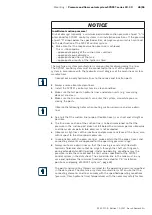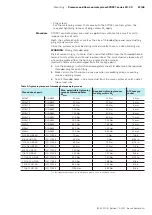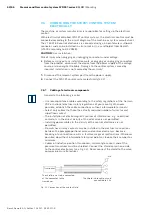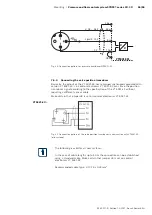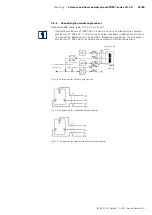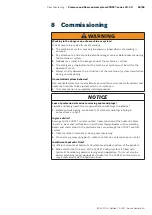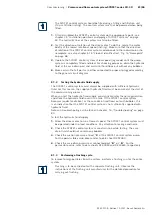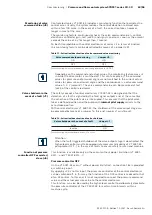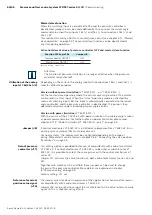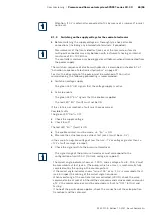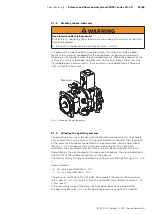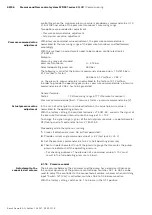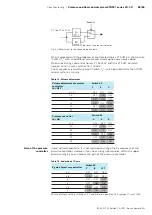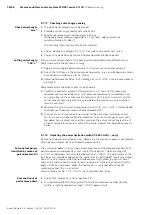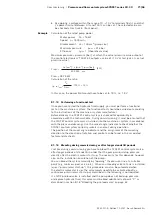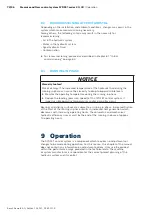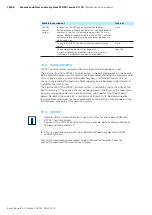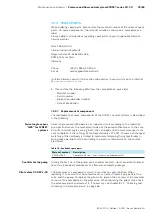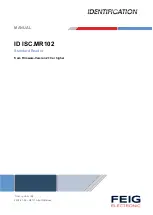
60/96
Pressure and flow control system SYDFE1 series 2X, 3X
| Commissioning
Bosch Rexroth AG, Edition 10.2021, RE 30011-B
8.1
INITIAL COMMISSIONING
NOTICE
Air pockets around the bearings!
The device can be destroyed.
▶ Make certain that with installation orientation “drive shaft up” the pump
housing is completely filled with hydraulic fluid during commissioning and in
operation.
▶ Check the hydraulic fluid level in the pump case at regular intervals. If
required, carry out recommissioning. For tank-top installation, the case
chamber can run dry through the case drain line (ingress of air via the
shaft seal ring) or via the working line (gap losses). The bearings are thus
insufficiently lubricated when the pump is restarted.
▶ Ensure that the suction line is always filled with hydraulic fluid during
commissioning and operation.
▶ Let the product acclimate itself for several hours before commissioning,
otherwise water may condense in the housing.
When carrying out any work in conjunction with commissioning of the SYDFE1
control system, observe the basic safety instructions and intended use
provided in chapter 2 “Safety instructions“ on page 9.
8.1.1 Filling the SYDFE1 control system
NOTICE
Spilled hydraulic fluid!
Discharging or spilling hydraulic fluid while filling the SYDFE1 control system can
lead to environmental pollution and contamination of the groundwater.
▶ When filling and changing the hydraulic fluid, always place a catch pan under
the SYDFE1 control system.
▶ Observe the information in the safety data sheet for the hydraulic fluid and the
instructions provided by the system manufacturer.
You will require an approved hydraulic fluid:
The machine or system manufacturer can provide you with precise data of the
hydraulic fluid. Details on minimum requirements for mineral-oil-based hydraulic
fluids are available in the Rexroth publication RE 90220.
To ensure functional reliability of the SYDFE1 control system, the hydraulic fluid
must comply at least with cleanliness class 18/16/13 according to ISO 4406 for
particle sizes 4/6/14 μm. For permissible temperatures, see chapter 5.7 “Notes on




